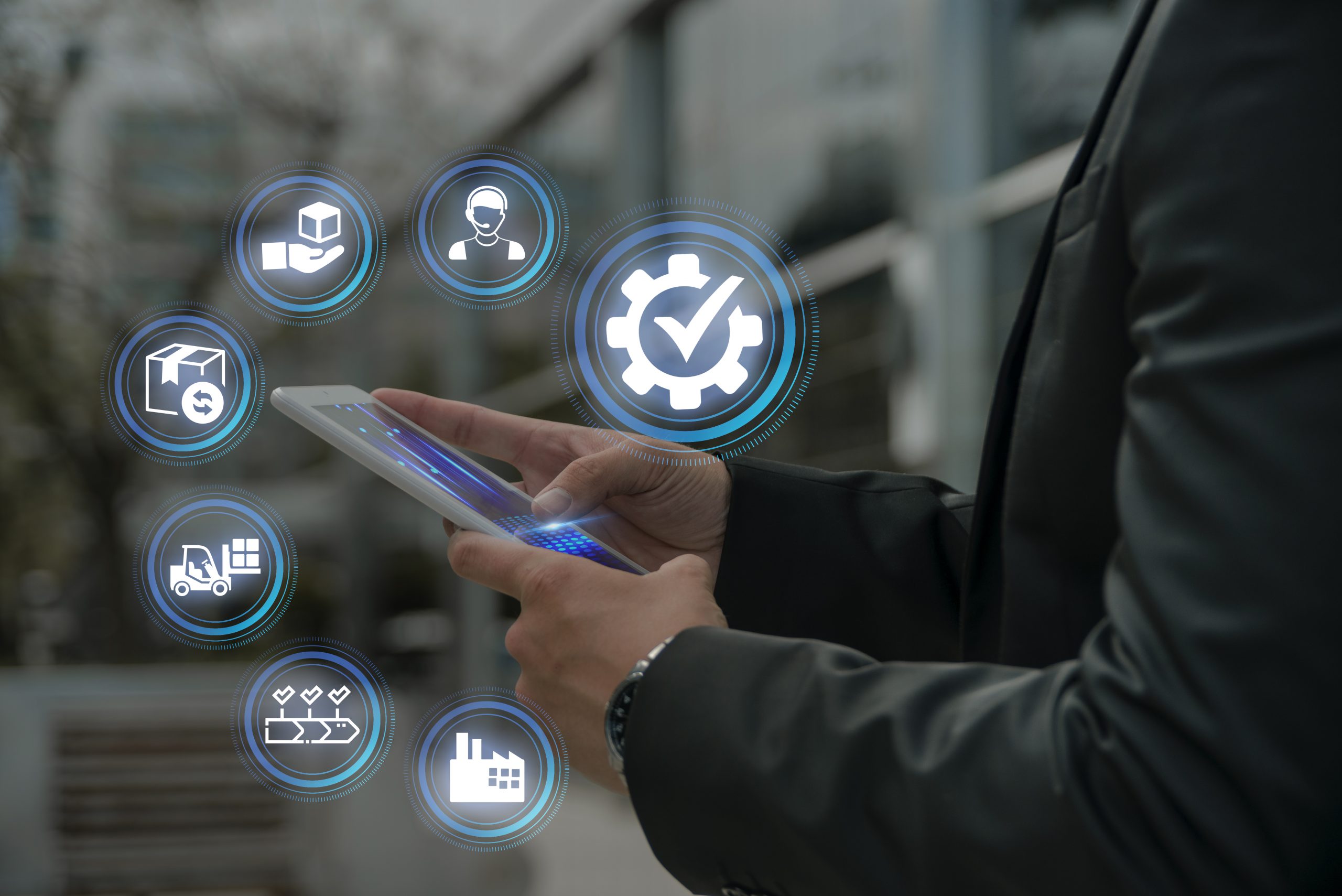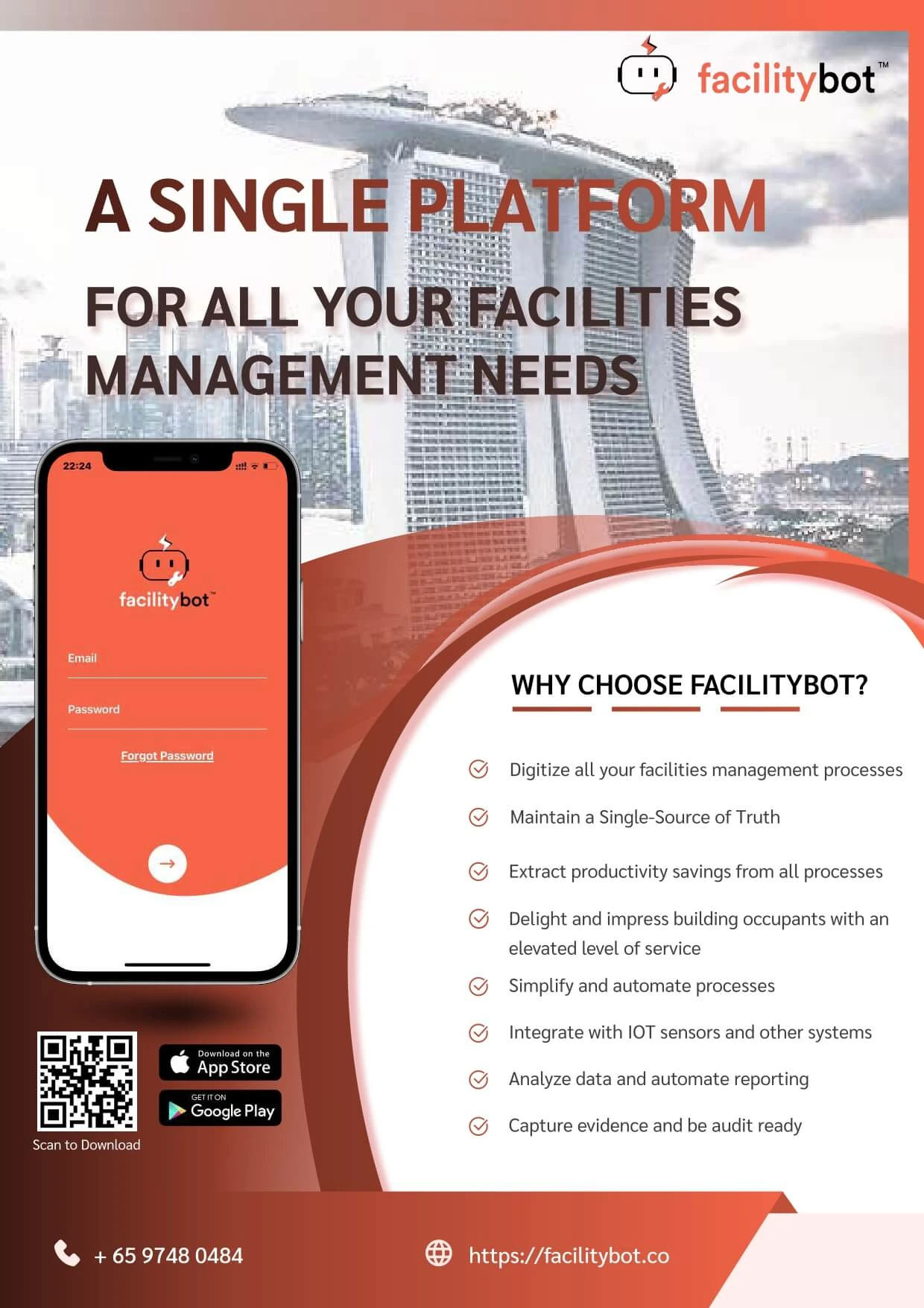In an era where digital transformation is revolutionizing business operations, remote facilities management has emerged as a game-changer for how organizations maintain and oversee buildings and infrastructure. This technology-driven approach to managing facilities offers real-time control, enhanced efficiency, and significant cost savings—making it essential for modern facility managers.
This guide covers everything you need to know about remote facilities management, including its definition, benefits, components, and the technology powering it.
What is Remote Facilities Management?
Remote facilities management refers to the process of monitoring, managing, and maintaining facility operations from a remote location using digital tools and technologies. Also known as Remote Monitoring and Management (RMM), it enables facility managers to oversee equipment, building systems, and maintenance tasks without being physically present.

This approach leverages Internet of Things (IoT) sensors, cloud-based software, and automation to control HVAC systems, lighting, security, and other building infrastructure in real time.
Why Remote Facilities Management Matters
As businesses grow more dependent on digital solutions, the ability to manage facilities remotely becomes not just a convenience but a necessity. Remote facility management allows organizations to:
- Boost operational efficiency
- Cut down maintenance costs
- Improve sustainability through energy optimization
- Respond to emergencies swiftly
Traditional vs. Remote Facility Management
Traditional facility management relied heavily on on-site inspections and manual interventions. In contrast, remote facilities management uses technology to provide instant insights and automated control, reducing human error, improving speed, and increasing productivity.

Key Components of Remote Facilities Management
To operate efficiently, remote facility management depends on several core elements:
- Real-Time Monitoring: Tracks building systems such as lighting, HVAC, access control, and security through sensors.
- Real-Time Control: Enables managers to adjust system settings remotely.
- Predictive Maintenance: Uses data analytics to predict and prevent equipment failures.
- Energy Optimization: Fine-tunes energy consumption to reduce waste and lower bills.
- Data Analytics: Translates sensor data into actionable insights for decision-making.
- Security Management: Allows for remote surveillance, access control, and alarm monitoring.
- Automated Alerts: Sends real-time notifications when anomalies or malfunctions are detected.
- Emergency Response Tools: Helps manage incidents quickly, even off-site.
Benefits of Remote Facilities Management
- Cost Savings: Reduces the need for physical inspections and emergency repairs.
- Enhanced Efficiency: Automates routine tasks and ensures uninterrupted operations.
- Sustainability: Helps organizations meet energy efficiency and environmental goals.
- Scalability: Easily adapts to multi-location or expanding facilities.
Challenges and Opportunities
Challenges:
- Communication gaps in remote teams
- Cybersecurity risks
- Need for skilled technical personnel
- Managing emergencies remotely
Opportunities:
- Lower operational expenses
- Improved work-life balance for FM teams
- Data-driven decision-making
- Better alignment with sustainability goals
The Role of Technology
Modern remote facilities management is powered by:
- IoT and Smart Sensors: Enable real-time monitoring of systems.
- Cloud-Based Platforms: Allow access to facility data from anywhere.
- AI and Machine Learning: Enhance predictive maintenance and anomaly detection.
- Mobile Apps and Dashboards: Offer user-friendly interfaces for remote control.
Real-Life Applications
Remote FM is widely adopted across various sectors:
- Manufacturing: Monitoring machinery and production environments
- Healthcare: Ensuring optimal hospital operations
- Commercial Real Estate: Managing multiple buildings with centralized control
- Retail: Streamlining energy usage and maintenance in chain stores
The Future of Remote Facilities Management
The future is data-driven and increasingly automated. We can expect:
- Smarter buildings with AI-driven insights
- Greater integration with sustainability frameworks
- More robust cybersecurity measures
- Seamless user interfaces for FM teams
As technology continues to evolve, remote facilities management will become even more proactive, predictive, and efficient.
Remote Facility Management and Facility Bot
When it comes to embracing cutting-edge remote facility management tools, Facility Bot stands out as a leading solution. Designed with user-friendly features and advanced automation, Facility Bot helps organizations monitor, manage, and maintain building operations seamlessly from anywhere.
Whether you’re managing a single property or multiple facilities, Facility Bot enhances visibility, efficiency, and responsiveness—all from a centralized dashboard. As a trusted facilities management software in Singapore, it supports businesses in achieving their operational goals while promoting energy efficiency and sustainability.




